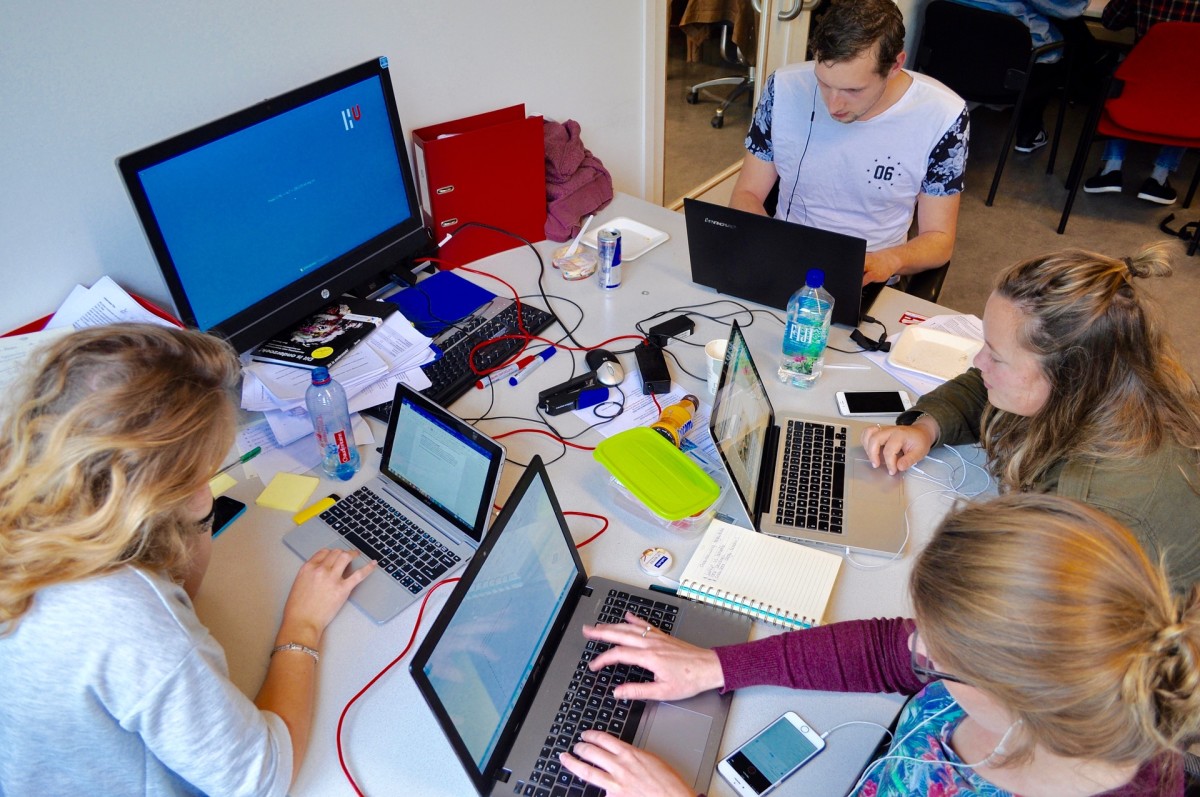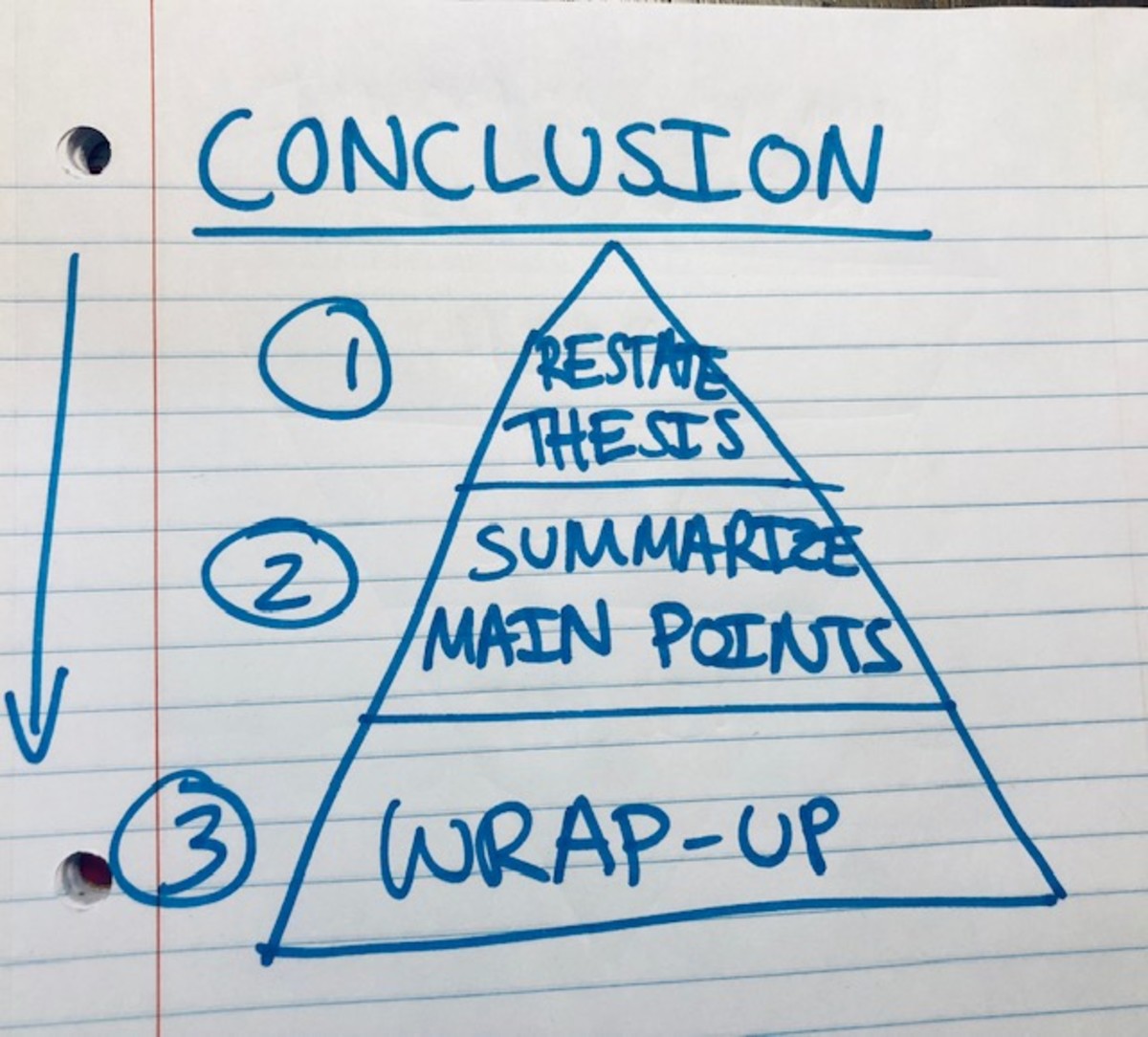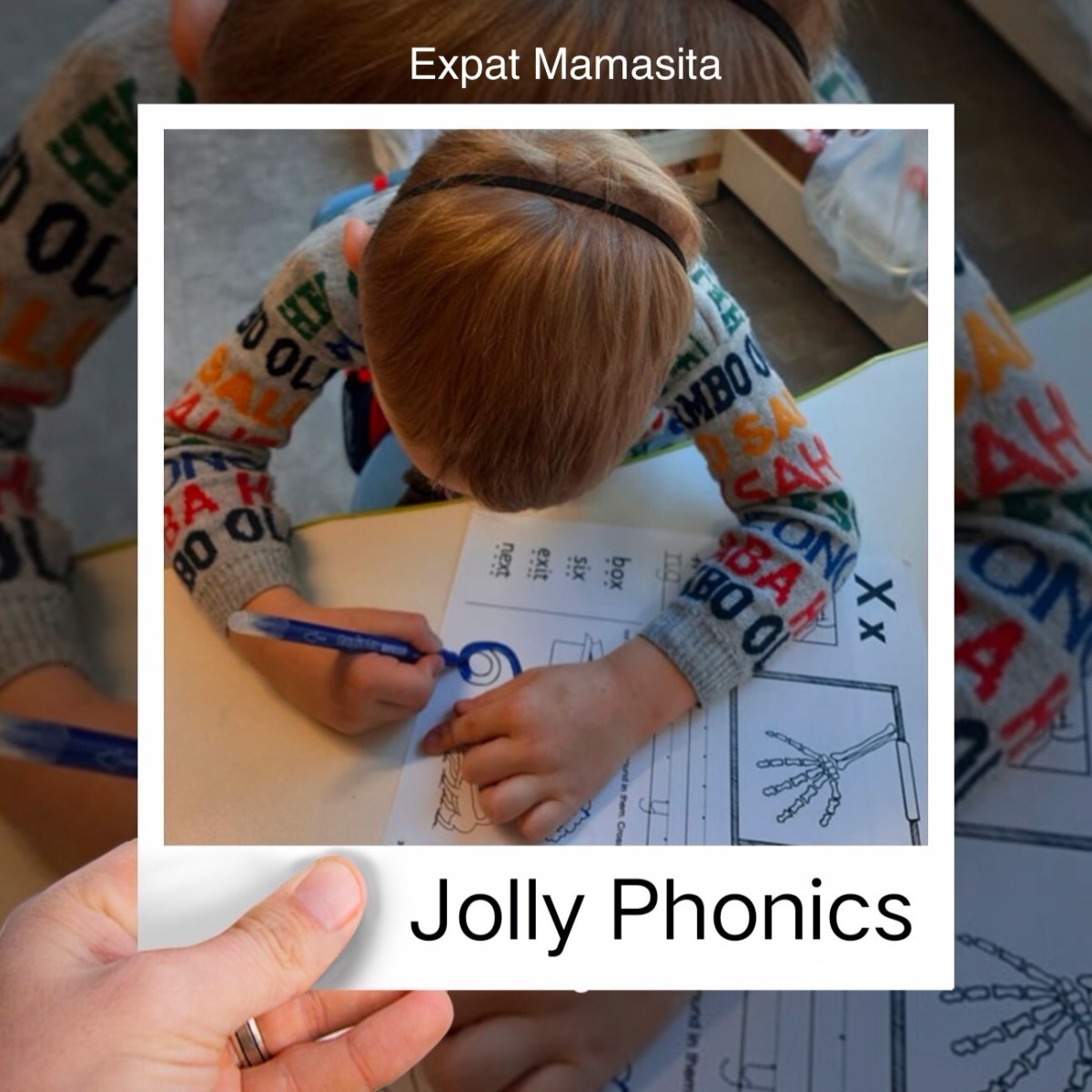How to Teach Revision: The Fourth Step in the Writing Process

What is Revision?
Tear apart the word revision. The prefix “re” means repetition or again. The word “vision” means to see, thus, revision is to "see again." I have found that if revision is taught, students immediately think it’s to look for errors in spelling and grammar. This is a habit that must be broken. While at any point during the Writing Process students can fix errors in the mechanics of the essay, that is considered editing. The revision step is all about the content and organization of the essay. The revision step is the part where we begin to tear apart our sentence, to reword, reorganize, rethink and rewrite. It’s tedious, yes, but worth every minute.
Teaching Revision
The very first step in the revision process is rewriting. Because I have my students do a handwritten draft, their transfer to the word processor is the rewriting of their essay. They must focus specifically on every word they transfer and think about each sentence. I encourage my students to make that draft look different than their first draft, to think about what could make it better in terms of the 6 + 1 Traits of Writing such as organization, sentence structure, word choice, ideas, etc.
There are many options to use for revision depending on what aspect of the writing you want the students to focus on. I use the 6+1 Traits of Writing in my classroom, but generally do not focus on all of the traits every time. I always include organization and conventions in the assessment of the writing and add to it one of either ideas, voice, word choice, and sentence fluency.
To work on revisions with organization, there are several options. The strategy that I use most often is a reverse outline. Much like the initial outline helps to drive the organization of the piece, the reverse outline helps to check.The reverse outline has the students pick apart their essay in a way that forces them to look at the basics of the structure and content. There are several ways to accomplish this task, both independently and among peers. Each of the following tasks can be done by the writer or by a peer.
Independently, I may have the students create a bulleted outline of their writing. They must write down the thesis statement of the essay. The must then go through each paragraph and write down the topic and the supporting details, the conclusion paragraph part of this process as well. I will then have them look at the details and the connections. Are the main topics in direct support of the thesis? Do the details support the topics clearly? Does the order of the information presented make sense? Does the conclusion follow through with the thesis statement? This type of outlining has them dissect their writing and analyze it.
Using the bulleted reverse outline with a peer is just as helpful. They have a more objective eye as they do not have any connection to the text. Having them pull apart the information is a way to see if someone else can see the support and give an opinion as to whether or not it really does tie to the thesis. When I have this done as a peer-revision, I will make sure that the peer-reviewer leaves comments on the paper as well, identifying areas that have weak connections, but also making positive comments about where the paper seems solid.
Another important factor in the revision process is having students look at the content of the piece and determine how well it supports the thesis. The highlighted outline can be used in many ways and in some cases I do it in lieu of a reverse bulleted outline. It requires the same skills of identifying the supporting information, but it’s not as black and white for organization as the reverse bulleted outline.
Essentially with a highlighted outline I have the students print out a copy of their assignment. This can be done with a handwritten assignment as well if a word processor is not an option in the classroom. The essay is then passed to another student. Whenever I have students do peer-reviews, I choose who gets whose essay. In most cases, I will give a strong writer a weak writer’s paper and vice versa. The weak writer gets the benefit of having a strong writer review his or her essay and the chance to look at better writing. The strong writer can practice their skills of review and revision and offer good, solid, feedback to a weaker writer.
Once the papers have been distributed, I will tell the students to read the essay through once, without making any comments on it. They need to familiarize themselves with the piece before they can review it. After they have read it they will get the instructions to locate the thesis (or what appears to be the thesis). Once the thesis has been identified, I have them go through with a highlighter and highlight the main topics of each paragraph (direct support of the thesis). They will underline the connections that are made between that main support and the thesis. This will continue throughout the entire paper.
This will lead to a visual representation of the points tied to the thesis and how well the writer connects those points. If there is a ton of highlighting and very little underlining, that person needs to strengthen the connections. If there is little of both, the writer needs to clarify his or her support of the thesis and pull through with stronger connections.
After the highlighting, the reviewer would then answer several questions about the task. The feedback should be critical as well as include positives. The writer should know what he or she did well and get some advice on what to improve.
When students are working on a specific aspect of their writing, then we do a peer review of that aspect. If students are working on word choice or sentence structure, I have the reviewer highlight words or sentences that could use more work.
The key to revisions is for the reviewer to identify strengths and weaknesses throughout the piece. The reviewer should not offer changes or explain how to fix the errors. To become better with the craft, the writer needs to work out ways to revise his or her work. They certainly can ask for advice, as all writers do, but that should be their doing; the “fix” shouldn’t be handed to them.
Keep in mind, each revision should be its own separate step. Once a revision technique is used, the writers should apply it to their draft then use another revision technique. It is also important to remind students that their writing is their own; they do not need to make all the changes that are suggested in the revision process. The writer should choose the revisions at their own discretion.









